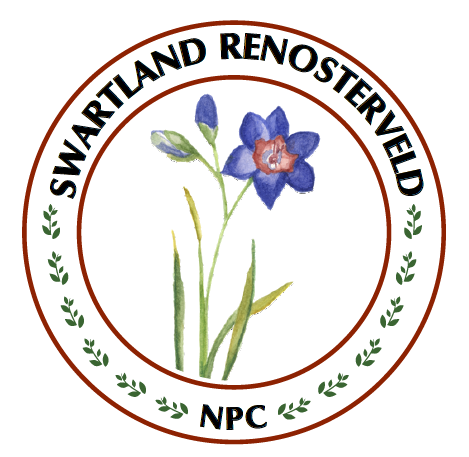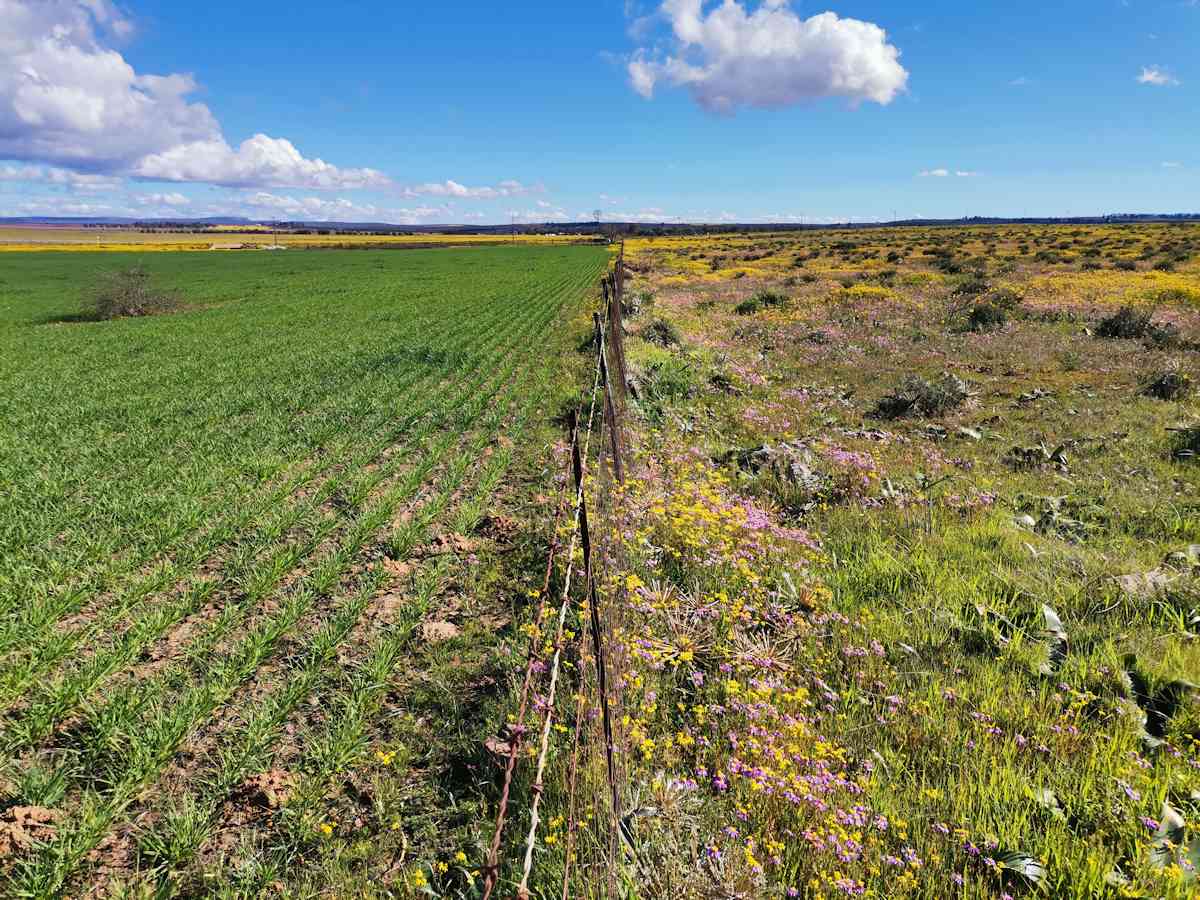Welcome to Swartland Renosterveld NPC
Swartland Renosterveld NPC is a young and energetic non-profit that is dedicated to protecting and conserving the Critically Endangered Renosterveld Flora of the Swartland.
The Swartland is one of the world’s “Hottest” Hotspots for Threatened Red List Plants!
The Swartland is a “Top Priority” region for the conservation of floristic diversity. The conservation value of Swartland Renosterveld is extremely high at local, provincial, national and global levels.
How did such a dire situation arise? Firstly the Swartland is a major Centre of Plant Narrow Endemism (CPNE) and secondly “fence-to-fence” land-use change and associated habitat loss has wiped out over 95 percent of the region’s natural Swartland Renosterveld vegetation.
The Swartland’s Renosterveld precious floral heritage is severely under-appreciated and is threatened with imminent extinction. Swartland Renosterveld NPC aims to change this situation and promote the recovery of the region’s precious renosterveld flora.
The Swartland Region
The Swartland actually takes its name from the region’s naturally occurring vegetation called Renosterveld. Viewed from afar, Renosterveld appears as dark swathes on the horizon and early Dutch settlers therefore called the region “Het Zwarteland”.
The Swartland’s undulating plains and rolling hills north of Cape Town have long been coveted for the development of intensive agriculture due to an abundance of fertile soil and a Mediterranean-style climate of winter rainfall and hot dry summers.
Stretching around 150 km from Het Kruis in the north to Durbanville in the south, the lowlands of the Swartland are bounded by the rugged Atlantic coastline in the west and the jagged peaks of the Groot Winterhoek Mountains in the east.
Strongly associated with wheat production, the Swartland lowlands are South Africa’s bread basket and continue to produce record-breaking crops. In the three centuries since the early Dutch settlers first plunged their ploughs into the region’s rich earth, the Swartland’s native Renosterveld has been on the retreat, being gradually supplanted by croplands, leading to an invisible but very real crisis.
Despite the dominance of wheat, the Swartland region is now receiving international acclaim for its unique terroirs and tremendous viticultural potential. The Swartland is the country’s largest wine region in terms of geographic area. However, only 12,000 hectares of the Swartland have been planted to vines, making it the world’s last great frontier for the development of high-quality viniculture, posing further risks to the region’s already endangered native renosterveld flora.







